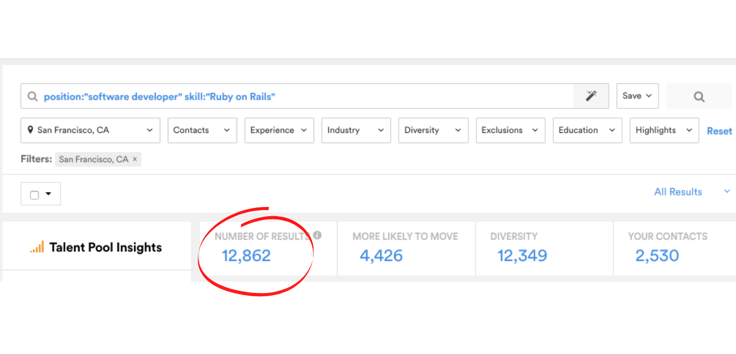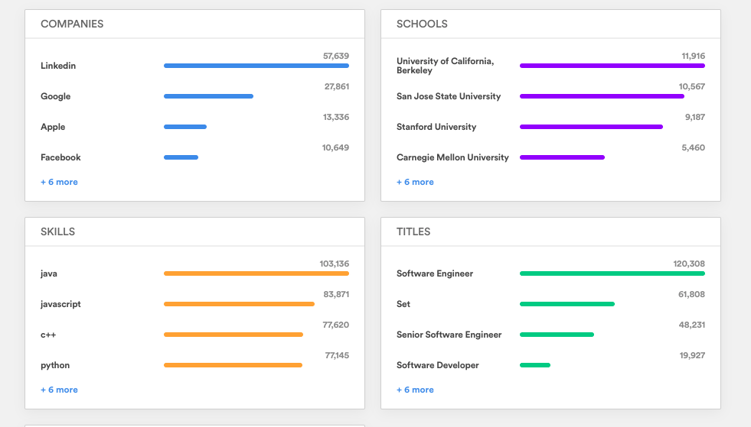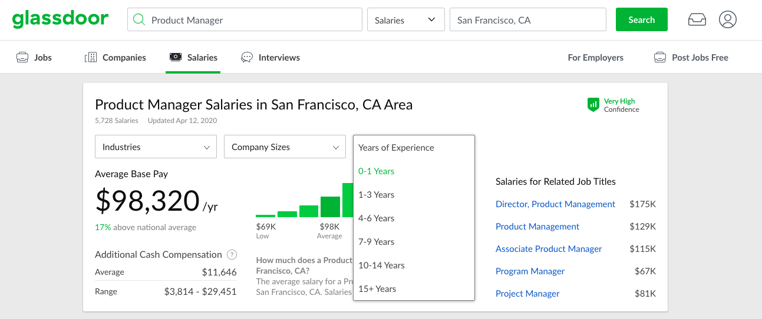.png?width=820&name=Market%20Mapping%20(1).png)
While recruiting is a big part of the job description, there's still a ton of value recruiters can add amidst a slowdown in hiring. Think of all the high-level, strategic projects that you’ve started and stopped in favor of more immediate hiring needs – the projects that would completely up-level your recruiting process, if only you had the time to dedicate to them. Hiring slowdowns give you that time, allowing you to focus on more proactive initiatives and put your team in the best position possible once hiring commences.
Over the next few weeks, we’ll be sharing some initiatives you can prioritize during a hiring lull, many of which are a focus for our most successful clients. Today’s hot topic - Market Mapping! Below we outline what it is, why you should do it, and how to get started.
What?
Market mapping is the practice of ‘mapping’ out the talent market in your industry. The goal is to understand how competitors in your market sector structure their teams, who they employ, and ultimately what skill sets and experience they recruit for. This research not only gives you insight into where talent is located in your industry, but it also tells hiring managers the type of initiatives their competitor counterparts are honing in on given the people they employ - and perhaps, key talent areas they may want to consider adding to the hiring agenda.
Then, once you’ve developed your market map and identified the talent in your industry, you can begin to reach out to these individuals and get an understanding of their interest level and timeline. Quickly, you’ll develop a pipeline of candidates to touch base with 3, 6, 12 months down the line when you are actively recruiting again.
Why?
Reduced time-to-fill, cost-per-hire, and lower attrition rates down the road...need we say more? Like anything, it pays to be proactive.
Time-To-Fill: One of the biggest hurdles of passive recruitment is timing. Often an opportunity aligns with a candidate’s career goals, but for one reason or another they aren’t in a position to consider a new job at the present moment. By identifying and connecting with talent now - when you are not actively hiring - you can work with whatever longer-term timeline a candidate gives you and map out your hiring post-freeze based on those timelines. Whether you begin hiring in 3 months or 12, you’ll have built out a pipeline of candidates with the appropriate timelines.
Cost-Per-Hire: If your team routinely relies on agencies for assistance on tough-to-fill niche roles, market mapping can reduce that reliance. Instead of outsourcing, you can use this time to tap into that niche pool of candidates- keeping them engaged while hiring is paused so they are ready to be recruited once it starts up again.
Attrition Rates: This goes back to hiring the right candidates - when expectations align with reality then attrition rates will decrease dramatically. Market mapping helps you and your hiring managers determine exactly what skill sets and experience you need to be competitive in your market and therefore set your teams up for success.
How?
Using your preferred candidate database sourcing tool, whether that’s a recruiting automation tool like Entelo or Linkedin’s professional network. Here’s what you will want to research (and how) to develop a clear market map for a given role:
- What is the available talent pool?
You can decide how wide or narrow to make this pool - whether that’s a simple title search or a more complex boolean string incorporating specific skill sets and experience. Once you’ve decided what your candidate profile will be, use your candidate search engine to quantify how many candidates fit this profile. This is your addressable talent pool.
- Where are these candidates employed?
There are a couple different ways to determine this, depending on the tools you are using. With Entelo, this can be accomplished by navigating to the Talent Pool Reports tab and entering your search string. The results will bring back a ton of relevant information, including the top ten employers of the talent pool.
- What are your competitors paying their employees?
The next step is to determine what these candidates are currently making. This helps you to set realistic salary expectations and hiring goals with upper management and be competitive in the market. Glassdoor offers a great starting point to understand the going rate for a given role within a specific metropolitan area - as well as ballpark figures for what your competitors are offering based on employee-reported data.
If the salary you are prepared to offer does not meet the current market rate, you can go back to your hiring manager with this data and either reconsider salary level or reduce experience level.
- What other companies are recruiting for this role in your market?
Finally, you’ll want to understand the competition you’re up against. While hiring has likely slowed down across your industry, this final step can be completed once the market picks up again.
Search across popular job boards using relevant job titles, skill sets, and companies in your search query. The idea is to get a clear picture of the current open roles in your industry and who is hiring for them, as these are ;likely the other opportunities that will be on the table for your candidates. If you know what you are up against ahead of time, you’ll know how to differentiate your company and more successfully attract top talent.
Armed with a thoroughly researched market map, you’ll have a clear understanding of the state of the talent market – where candidates are employed, what skill sets and experience they have, how they are compensated – and can come to market with an actionable hiring plan as soon as you get the green light. Looking for more hiring freeze recruiting initiatives? Subscribe below and don’t miss out on next week’s topic - Diversity and Inclusion.

